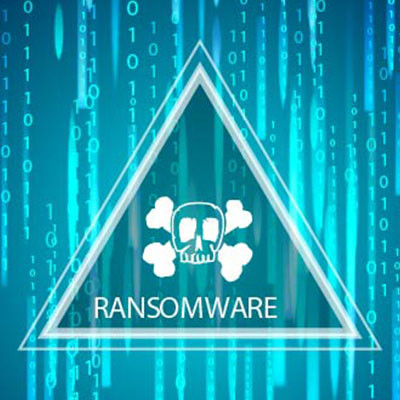Paradigm Tech Blog
All Organizations Need to Take Ransomware Seriously
The headlines hyping up ransomware as a dangerous threat are not exaggerating. It really is as bad as it seems, although there is often a fair amount of embellished information on what ransomware exactly is and what it does. Let’s take some time to review what ransomware is and how your business can handle it in an appropriate way.
Ransomware is a Common Threat That Needs to be Taken Seriously
If you need a statistic to prove that ransomware is on the rise, consider the fact that it has grown by 13% over the past few years, and that there are 1.7 million attacks (an average of 19 per second) happening every day. Ransomware is remarkably effective, so this should come as no surprise.
In 2022, approximately 20% of breaches could be attributed to a ransomware attack.
No matter how you look at it, this number is sizable and of some concern. You should be prepared to handle ransomware attacks against your business, and so should your employees.
In case you need a refresher, ransomware is a form of malicious software that can infect a system and encrypt data found within it. The attacker will then demand a payment, or ransom, in exchange for its safe return. In many cases, the decryption key is never provided, even in the case of payment. Ransomware is often bundled together with other threats and cybercrimes, and is often stolen in addition to encrypted. In cases like this, attacks can extort money with greater odds of success, as they can threaten to leak the stolen data online or sell it for additional profit.
It’s more important than ever for your team to understand the dangers presented by ransomware, so let’s go over how you can address these challenges.
Identifying and Addressing Ransomware
The easiest way to handle ransomware is to keep yourself from coming into contact with it in the first place. To this end, you should teach your team how to identify the signs that they might be under fire from a threat. Social engineering is a popular way to spread ransomware and other threats, as it takes advantage of the human element of your defenses—your employees—rather than trying to break through your security measures. Users might accidentally download infected attachments and files, thereby causing a huge problem for your network.
Furthermore, you need to be ready for situations where your data infrastructure is not accessible. Be sure to maintain and routinely test an isolated backup of your data, just on the off-chance a ransomware attack is successful. You can thereby minimize the damage done by the attack and potentially restore a clean copy of your data.
We can help you prepare to deal with ransomware.
To learn more about ransomware and how to protect your business, contact us today at (806) 249-4748.

Comments